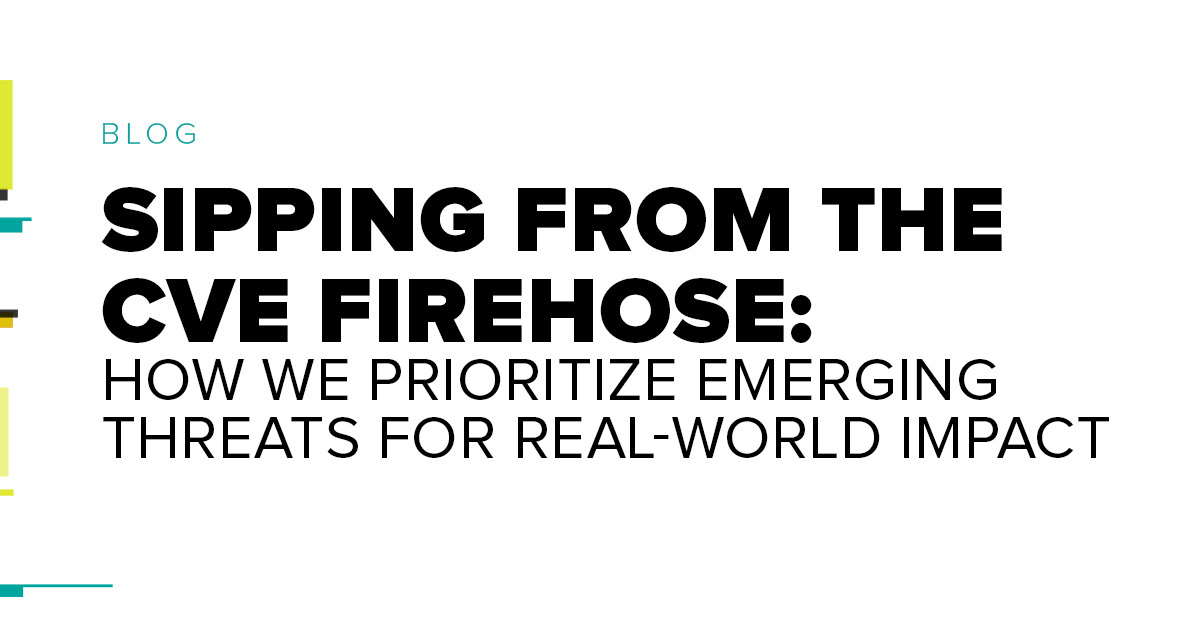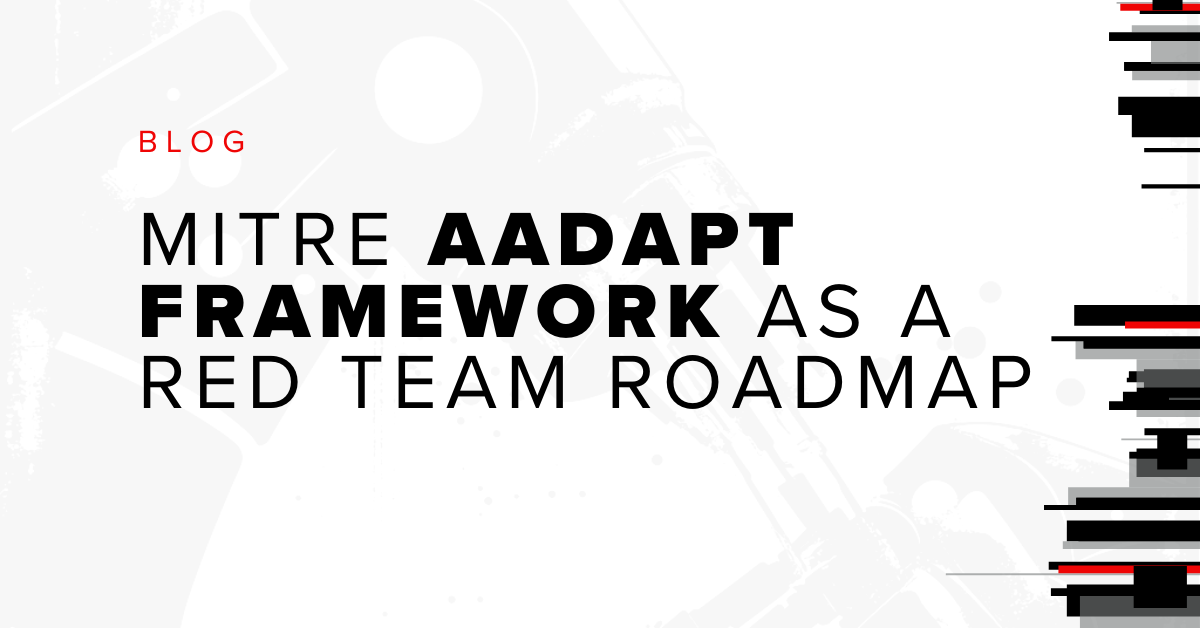Sitecore Experience Platform Vulnerabilities: Critical Update Needed for Versions 10.1 to 10.3

Recent vulnerabilities discovered in the Sitecore Experience Platform could allow attackers to gain complete system access through a shockingly simple exploit. Organizations using versions 10.1 through 10.3 need to take immediate action to protect their systems.
Understanding Sitecore and Its Security Implications
Sitecore Experience Platform is a widely-used tool for building and managing sophisticated websites, combining content management capabilities with user analytics tracking to create personalized digital experiences. Due to its robust personalization features, Sitecore is particularly popular in sectors requiring tailored user experiences, including financial services, healthcare, and e-commerce. On June 17th, security research firm watchTowr released an advisory detailing three critical vulnerabilities affecting Sitecore installations. These vulnerabilities, when chained together, can lead to complete system compromise through remote code execution.
The Triple Threat: Three Interconnected Vulnerabilities
The advisory disclosed three distinct but related vulnerabilities:
- CVE 2025-34509: A hardcoded credential vulnerability for the ServicesAPI user. This is the initial access point that enables the exploitation of the other vulnerabilities.
- CVE 2025-34510: A path traversal vulnerability that mishandles ZIP files (commonly known as a "ZIP slip").
- CVE 2025-34511: A file upload vulnerability in the Sitecore PowerShell extension.
While the latter two vulnerabilities require authentication to exploit, the first vulnerability makes obtaining this authentication trivial on systems with default configurations.
Why This Matters: Trivial Exploitation with Severe Consequences
What makes this vulnerability chain particularly concerning is the simplicity of the initial exploit. If the local authentication endpoints (such as the Sitecore admin interface) are exposed publicly—which they are by default—an attacker can authenticate as the ServicesAPI user with the password "b". Yes, you read that correctly. A single letter password—"b"—is all that's needed to gain initial access. Once authenticated, the attacker has a valid session that can be leveraged to achieve remote code execution using either of the other two vulnerabilities. The advisory provides detailed code analysis that could allow for the construction of proof-of-concept exploits for each vulnerability.
Remediation Steps
If your organization uses Sitecore Experience Platform, consider the following remediation steps:
- Update to the latest version: Version 10.4 is not vulnerable to these issues. Prioritize updating if you're running versions 10.1 through 10.3.
- Fresh install considerations: It's believed that these vulnerabilities only impact fresh installations of versions 10.1 to 10.3. Upgrades to 10.1 from previous versions should not be affected. However, a fresh installation may be warranted in some cases.
- Follow Sitecore's Security Hardening Guide: Sitecore's product documentation includes a Security Hardening Guide that outlines how to:
- Disable administrative tools
- Secure file upload functionality
- Implement additional security measures
Implementing these hardening measures can significantly reduce the attack surface of your Sitecore installation and decrease the likelihood of being affected by these or similar vulnerabilities in the future.
Broader Security Implications
This vulnerability chain highlights several important security principles:
- Default configurations can be dangerous: Out-of-the-box installations often prioritize ease of use over security.
- Credential hardcoding remains a problem: Even in modern, sophisticated platforms, basic security practices like avoiding hardcoded credentials are sometimes overlooked.
- Authentication is the first line of defense: When authentication can be easily bypassed, post-authentication vulnerabilities become much more dangerous.
- Regular updates are essential: Keeping systems current with the latest security patches is one of the most effective security measures organizations can take.
Organizations using Sitecore Experience Platform should review their installations immediately and implement the necessary updates and security hardening measures to protect their systems and data from potential compromise. By taking proactive steps now, you can avoid becoming the victim of what is an unfortunately simple but potentially devastating security breach.
If you’d like more details or have questions for our consulting team, please reach out at [email protected] — we’re happy to help.
Subscribe to our blog
Be first to learn about latest tools, advisories, and findings.
Thank You! You have been subscribed.



